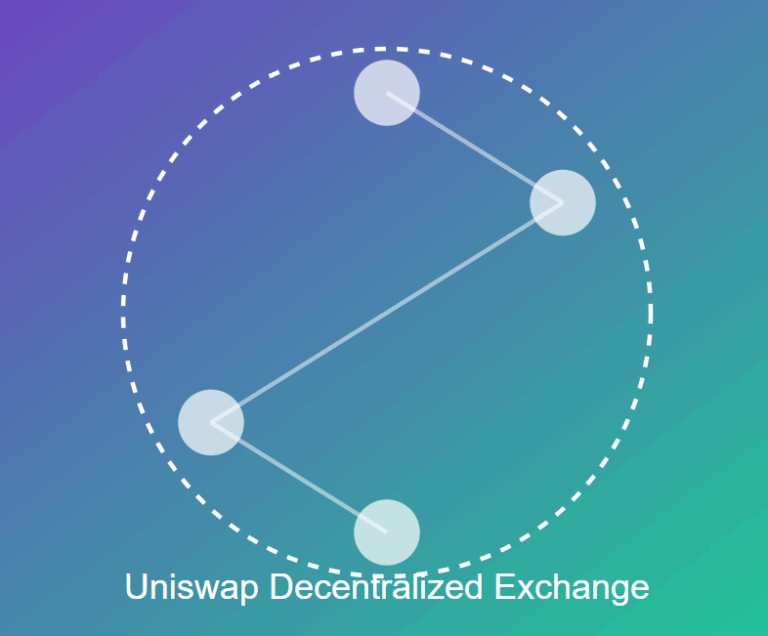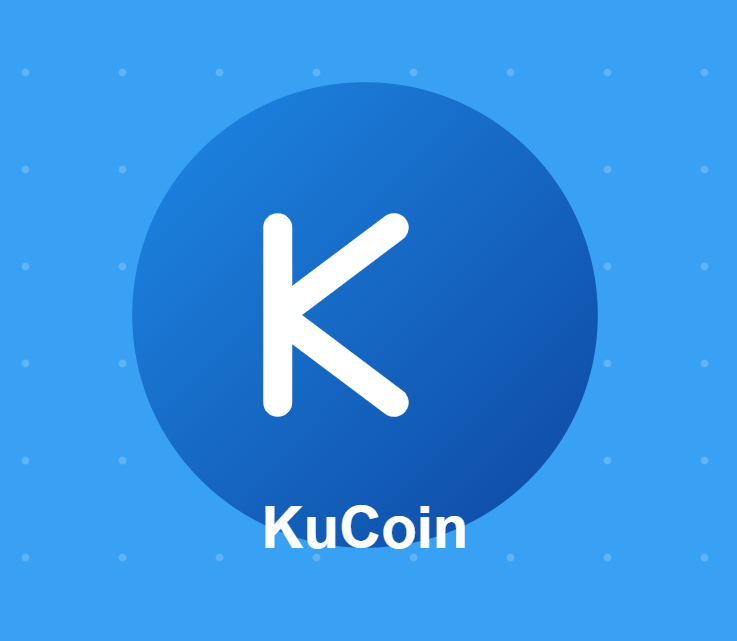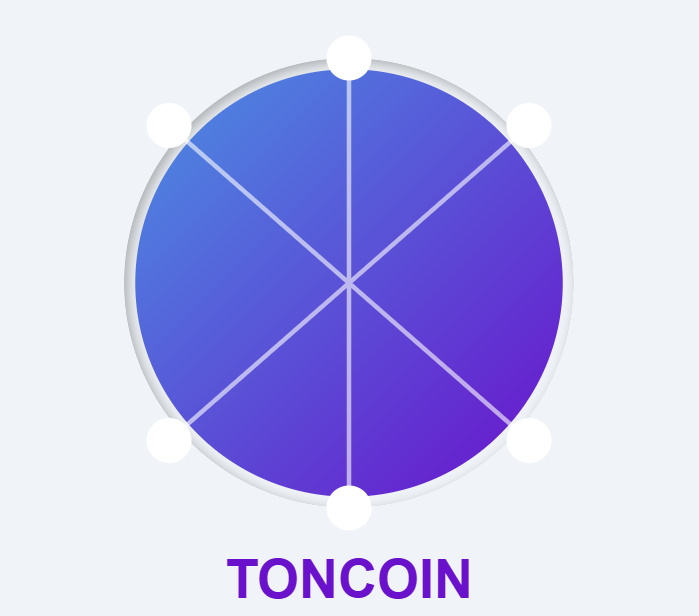
Stellar (XLM) Onecryptowall.com
Stellar (XLM): A Comprehensive Exploration of Its Vision, Technology, and Role in the Financial Future
Introduction
In the ever-evolving landscape of digital currencies and blockchain technology, Stellar has emerged as a noteworthy platform that aims to revolutionize how money moves across borders. With its native currency, Lumens (XLM), Stellar offers a decentralized and efficient solution to a longstanding global problem: fast, affordable, and secure financial transactions—especially for the unbanked and underbanked.
Stellar stands out not only because of its performance but also due to its unique mission, consensus mechanism, and emphasis on financial inclusion. This article explores every facet of Stellar—its history, architecture, real-world applications, partnerships, and its place in the future of finance.
1. Origins and Background
Stellar was launched in 2014 with a vision to democratize financial services. Its creation stemmed from a desire to address the inefficiencies in the traditional financial system and to create a decentralized platform that could bridge the gap between digital currencies and fiat money. Unlike many projects that prioritize profit, Stellar’s founding philosophy centered on access, inclusion, and empowerment.
At the core of Stellar is the Stellar Development Foundation (SDF), a non-profit organization that maintains the codebase, supports the ecosystem, and ensures the platform remains true to its mission. This non-profit orientation sets it apart from many other crypto projects which often operate as for-profit companies or rely heavily on speculative hype.
2. The Purpose of Stellar
The core purpose of Stellar is simple but ambitious: to create an open financial system that enables people of all income levels to access affordable financial services. Stellar is built to connect payment systems, banks, and individuals, particularly in emerging economies, where access to banking services is limited or expensive.
The Stellar network enables cross-border payments, asset issuance, decentralized exchanges, and micropayments, all while maintaining incredibly low transaction costs and fast processing times. Its emphasis on bridging traditional finance with blockchain solutions gives it a unique value proposition in the crypto space.
3. Stellar vs. Traditional Finance
Traditional financial systems rely heavily on intermediaries such as banks, clearinghouses, and payment processors. These intermediaries not only increase the time taken to complete transactions but also inflate costs through fees and inefficiencies.
Stellar eliminates many of these intermediaries by using blockchain to settle transactions directly between parties. Transactions that would typically take several days and cost substantial fees—like international wire transfers—can be completed in a matter of seconds on Stellar, with fees that are often negligible (fractions of a cent).
Moreover, Stellar supports multi-currency transactions, allowing a user to send one currency and have it arrive as another. For example, a user in the U.S. can send dollars, and the recipient in the Philippines receives pesos—all done seamlessly through the Stellar network.
4. The Role of Lumens (XLM)
Lumens (XLM) is the native cryptocurrency of the Stellar network. It serves several important functions:
a. Bridge Currency
XLM acts as a bridge between different currencies. When two currencies don’t have a direct exchange path, XLM facilitates the conversion.
b. Spam Prevention
Each transaction on the Stellar network requires a small fee paid in XLM. This prevents malicious actors from overloading the system with meaningless transactions.
c. Minimum Balances
Accounts on the Stellar network must hold a minimum balance of XLM to remain active. This ensures that users are genuinely engaged with the network.
XLM is not intended to be a speculative asset, though like all cryptocurrencies, its value can fluctuate due to market dynamics.
5. Technical Architecture
Stellar operates on a unique consensus algorithm called the Stellar Consensus Protocol (SCP). This protocol was designed to address many of the limitations found in other consensus mechanisms, such as proof-of-work or proof-of-stake.
a. Stellar Consensus Protocol (SCP)
Unlike Bitcoin, which requires intensive computational power to mine blocks, SCP allows for fast and energy-efficient consensus. Nodes in the Stellar network form quorum slices, which are subsets of trusted nodes. Through these slices, the network reaches agreement on the state of the ledger without centralized authority.
This model offers several advantages:
-
Speed: Transactions are confirmed in 2–5 seconds.
-
Low Energy Usage: SCP is not resource-intensive.
-
Decentralization: The network doesn’t rely on mining pools or centralized validators.
-
Resilience: If a subset of nodes is compromised or goes offline, the network can still reach consensus.
b. Smart Contracts and Simplicity
Stellar does not support full-fledged smart contracts like Ethereum, but it offers multi-signature accounts, batching, and conditional operations, which allow for many smart contract-like functionalities while maintaining simplicity and security.
This design choice reflects Stellar’s focus: fast, secure, and practical transactions rather than complex decentralized applications.
6. Real-World Applications
Stellar’s versatility allows it to be used in a variety of real-world scenarios:
a. Remittances
One of the most compelling use cases for Stellar is international remittances. Migrant workers often send money back to their home countries, but existing systems charge exorbitant fees and may take days. With Stellar, remittances can be instant and nearly free.
b. Microfinance and Lending
Because of its low fees and rapid settlement, Stellar is ideal for microfinance applications. Lenders can send small amounts of money without losing a significant portion to fees, opening new possibilities for financial inclusion.
c. Tokenization of Assets
Organizations can issue tokens on the Stellar network representing fiat currencies, commodities, or even stocks. These tokens are easily transferable and can be used in decentralized exchanges (DEXs) directly on the network.
d. Central Bank Digital Currencies (CBDCs)
Several governments and institutions have explored using Stellar for CBDC implementations, thanks to its scalability, transparency, and interoperability with existing financial systems.
7. Decentralized Exchange (DEX)
Stellar has a built-in decentralized exchange where users can trade any asset issued on the network. The DEX operates with an order book model, allowing users to place limit or market orders.
Key features include:
-
Direct conversion between assets
-
Atomic swaps
-
No need for third-party custody
The DEX helps facilitate liquidity on the network and ensures users always have a way to exchange currencies, which is crucial for the cross-border functionality Stellar promotes.
8. Ecosystem and Development
The Stellar ecosystem has grown steadily over the years, with hundreds of developers, organizations, and companies building tools, wallets, and financial services on top of the network.
The Stellar Development Foundation funds ecosystem growth through grants, hackathons, and partnerships. They offer educational resources, SDKs, APIs, and extensive documentation to make it easier for developers to integrate with Stellar.
Several prominent projects and organizations leverage Stellar’s infrastructure to build payment platforms, identity systems, and asset management tools.
9. Notable Partnerships and Collaborations
One of the reasons Stellar continues to gain relevance in the financial world is due to its strategic partnerships. By working with well-established organizations, Stellar demonstrates that blockchain technology can coexist and enhance traditional finance.
a. Financial Institutions
Banks and money transfer services use Stellar to improve their payment rails, reduce costs, and enhance speed. By integrating with the Stellar network, these institutions can offer real-time, low-cost international transfers.
b. Fintech Startups
Emerging fintechs use Stellar as a backbone for digital wallets, remittance services, and mobile banking applications. The platform’s modular architecture allows for easy customization and rapid deployment.
c. NGOs and Aid Organizations
Charities and nonprofits use Stellar to disburse aid efficiently. Blockchain ensures transparency and traceability, reducing corruption and delays in distributing resources.
10. Governance and Token Distribution
Stellar operates under a community-focused governance model, with the Stellar Development Foundation acting as the primary steward. Unlike projects with decentralized autonomous organizations (DAOs), Stellar’s governance is semi-centralized to ensure long-term vision and control.
In its early years, Stellar distributed XLM through various airdrop programs and strategic giveaways, ensuring that the coin reached a broad global user base. Over time, the distribution model has matured to focus on ecosystem development, grants, and partnerships.
11. Market Performance and Adoption
As of recent years, XLM has been consistently ranked among the top 50 cryptocurrencies by market capitalization. It’s listed on all major exchanges and is included in many investment portfolios due to its real-world utility.
Stellar’s adoption has grown significantly in regions such as Africa, Southeast Asia, and Latin America, where traditional banking infrastructure is either lacking or expensive. In these regions, Stellar’s low fees and interoperability have proven to be a game-changer.
12. Challenges and Criticism
Despite its success, Stellar faces several challenges:
a. Competition
Stellar competes with other payment-focused blockchains like Ripple, Algorand, and newer platforms designed for CBDCs. These projects often target similar use cases and may have greater institutional backing or newer technology.
b. Regulatory Environment
As governments increasingly regulate cryptocurrencies, Stellar must adapt while maintaining its open and inclusive ethos. Complying with KYC/AML requirements while promoting decentralization is a delicate balance.
c. Network Centralization Concerns
Some critics argue that Stellar is too centralized, especially in its early days when the majority of nodes were run by the SDF. However, the foundation has made efforts to decentralize control over time.
13. The Future of Stellar
Looking ahead, Stellar’s future looks promising. Its focus on utility, partnerships, and financial inclusion positions it as a long-term player in the crypto ecosystem.
Key growth areas include:
-
Integration with national payment systems
-
Expansion into DeFi
-
CBDC pilot programs
-
Increased developer engagement
Stellar’s roadmap includes continual upgrades to the network’s scalability, security, and smart contract capabilities. With blockchain adoption rising globally, Stellar’s infrastructure will likely be in high demand.
Conclusion
Stellar is not just another cryptocurrency—it is a well-engineered platform with a mission to transform global finance. Through its innovative consensus model, low-cost transactions, and focus on inclusivity, Stellar has carved out a niche that addresses real-world problems.
With strong leadership, an active developer community, and a growing list of real-world partnerships, Stellar has the tools to shape the future of digital finance. Whether you are an investor, developer, policymaker, or simply an observer, Stellar is a project worth watching closely as the financial world continues to evolve.



